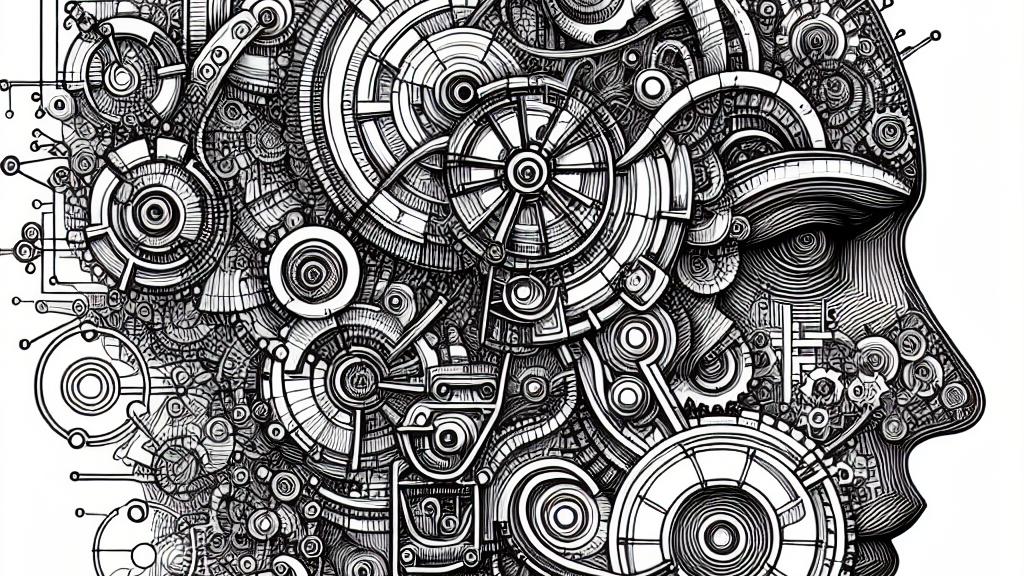Exploring the Impact of Sora Video Generation AI on Daily Life
Overview
- Sora empowers users to unleash their creativity by generating stunning videos from simple text prompts.
- With the capability to produce up to 20 seconds of high-definition video, it captivates with remarkable quality.
- While Sora showcases innovative features, it also brings to light various challenges users encounter in real-world applications.

The Groundbreaking Launch of Sora in Japan
Sora, the latest marvel from OpenAI, recently introduced itself to the vibrant tech scene in Japan, garnering immense interest from both enthusiasts and professionals. Imagine this: you type a phrase like 'a serene landscape with cherry blossoms and a flowing river,' and within moments, you have a breathtaking 1080p video that transports viewers into your imagination. The sheer potential of Sora ignites excitement, yet it also demands a careful approach to expectations. Many users quickly learn that while Sora can create visually striking clips, achieving the maximum quality often necessitates compromises on length. For example, to maintain high resolution, users may find themselves limited to an exhilarating 10 seconds instead of the full 20. This reality prompts creators to think critically, navigating the delicate balance of creativity and technological boundaries.
Quality vs. Consistency: The User Experience Challenge
As users dive into creating with Sora, their experiences can be a rollercoaster of inspiration and frustration. The initial intrigue is palpable—eager users marvel at Sora’s ability to generate compelling visual stories. Yet, many encounter disconcerting inconsistencies, especially when it comes to characters. Picture this: a character with distinct features suddenly morphs into a totally different figure mid-narrative, a phenomenon often dubbed 'identity-switching.' Such transformations can profoundly disrupt the narrative flow and diminish user engagement. It's important to highlight that this challenge is not unique to Sora; many AI video generation platforms face similar obstacles. In fact, while Sora consistently produces vibrant visuals, its struggle to maintain continuity leaves users yearning for a more coherent storytelling experience. The burning question remains—how can OpenAI enhance Sora's technology to eliminate these gaps and provide a seamless viewing journey?
A Comparative Analysis: Sora vs. Other AI Tools
When pit against its competitors, Sora reveals both strengths and weaknesses. For instance, its fluid 30 FPS frame rate elevates the visual appeal, especially for dynamic action sequences, making them feel more lifelike and engaging. However, seasoned platforms like Runway still outshine Sora by offering robust editing tools and more extensive features tailored for professionals. Initially, Sora’s pricing might seem attractive, but a closer look suggests it is best suited for creative experimentation rather than as a sole professional solution. Consequently, video producers might opt to use Sora for inspiring quick projects filled with imaginative flair, while relying on established platforms for their more comprehensive needs. Ultimately, Sora represents a thrilling advance in AI video generation, sparking the imagination and creativity of its users, yet it serves primarily as an exploratory tool rather than a definitive replacement in the market.

Loading...